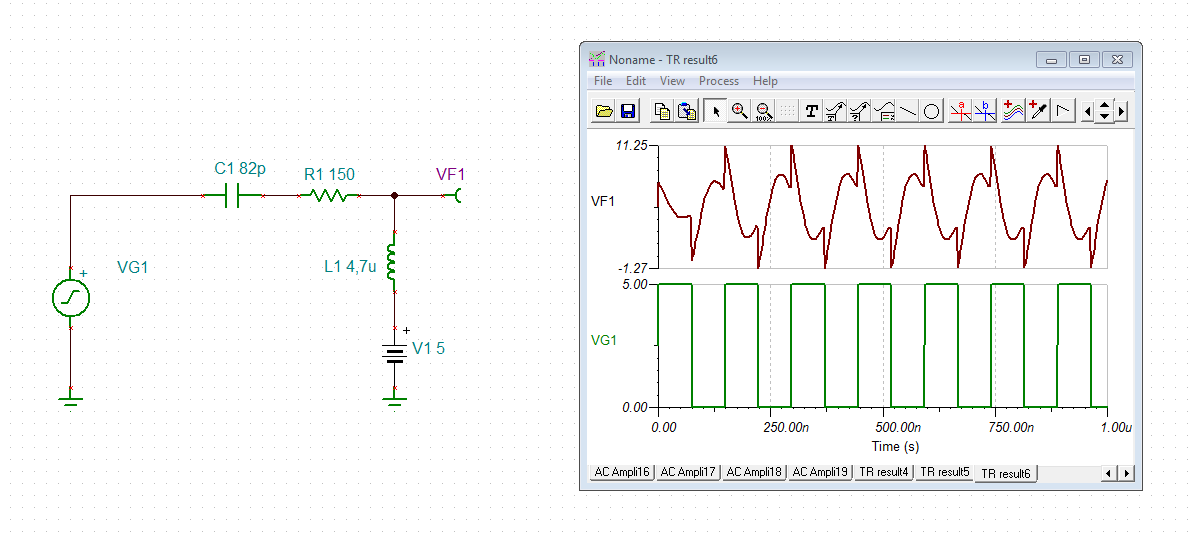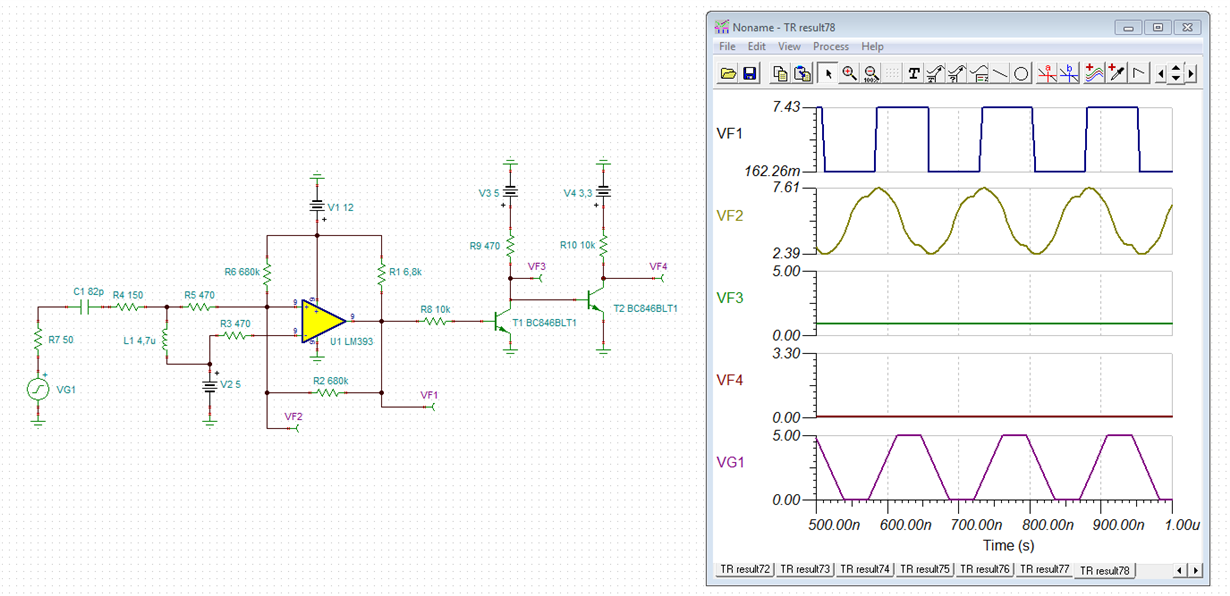Other Parts Discussed in Thread: LMH7220, TLV3202, TLV3502
Hi Sirs,
Sorry to bother you.
Could you help review our schematic?
Because we found sometimes there won't have output but change another IC the fail phenomenon will be fix,
But this fail rate is very high (1000/10000)
This fail phenomenon is from our factory.
So could you help review our schematic?






